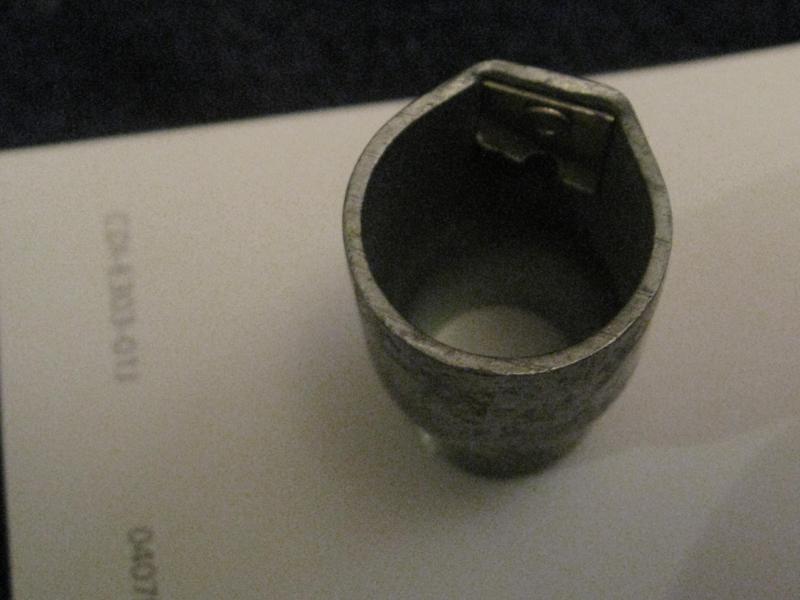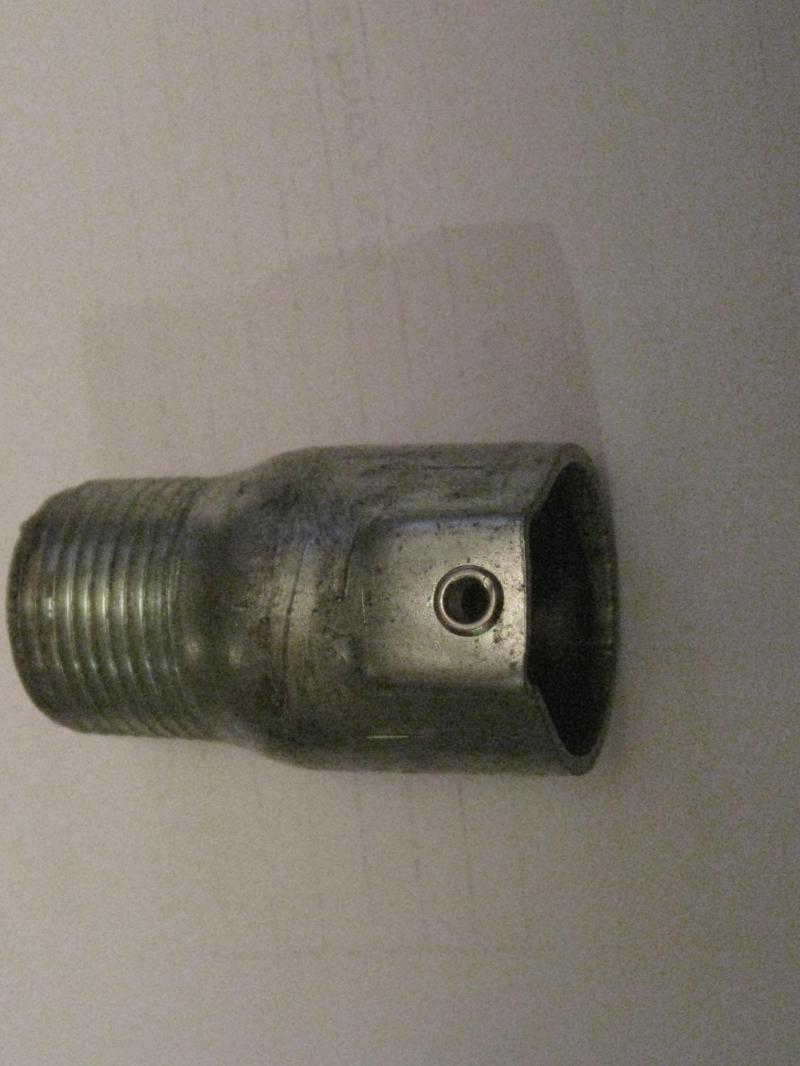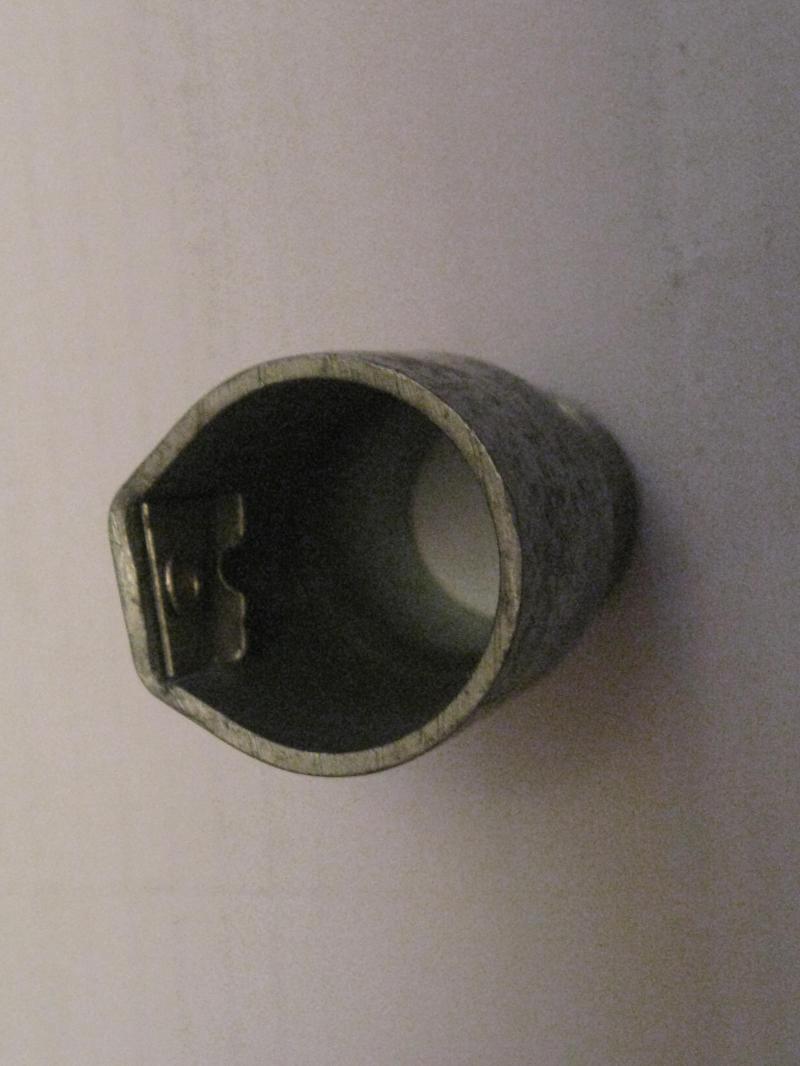How many pieces of conduit do you require, and what sort of lengths?
If you're not desperate, I could thread a couple of pieces and put them in the post to you for a few quid.
Now. In my humble opinion, that is what its all about!
If flipjango had lived in Co. Durham I'd have got a few bits threaded for him, as the lengths he's talking about are most likely in my "NO! DON'T THROW IT AWAY, IT MAY BE USEFUL ONE DAY" box
Ditto. But been a few years since I've been here and I've forgot all the protocols!!I can't see it - does one perhaps have to be your 'friend' for it to be visible?Drop me an email. My address is in my profile.





